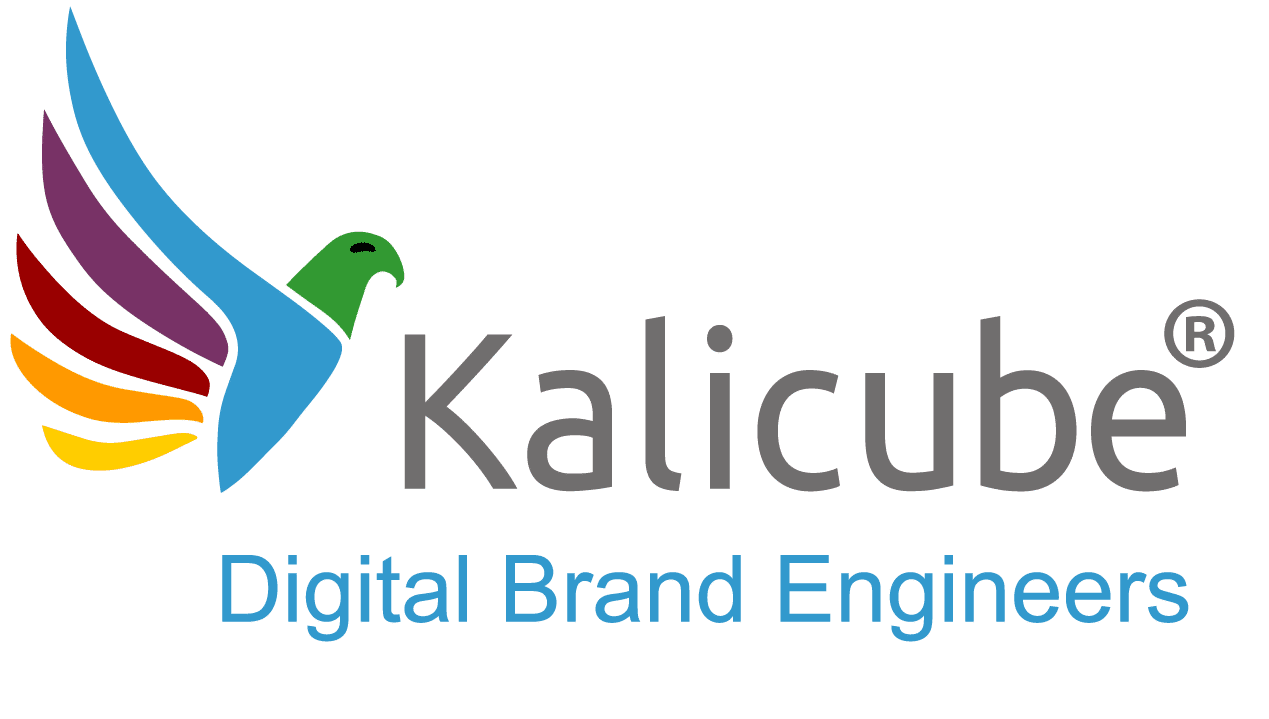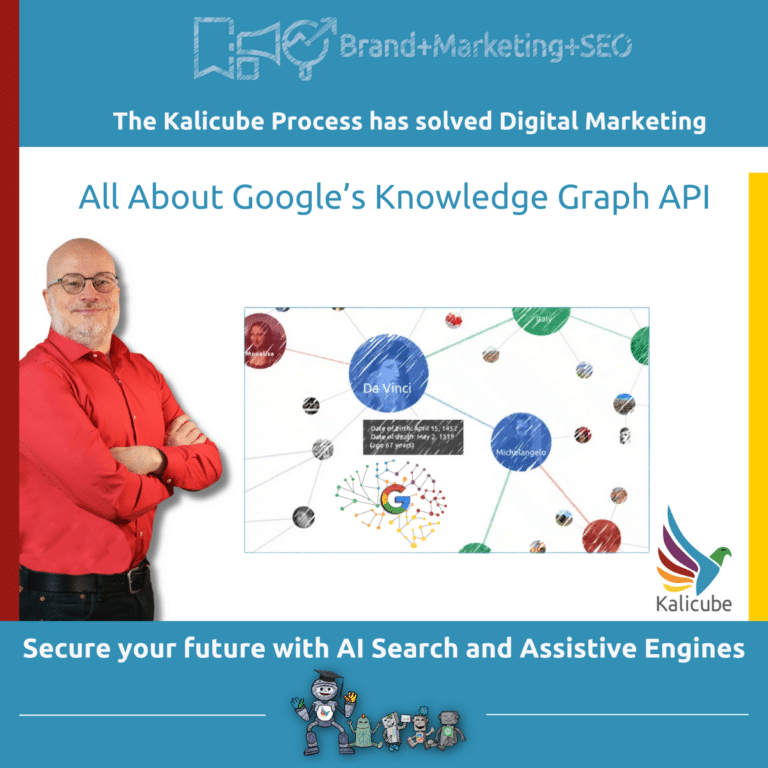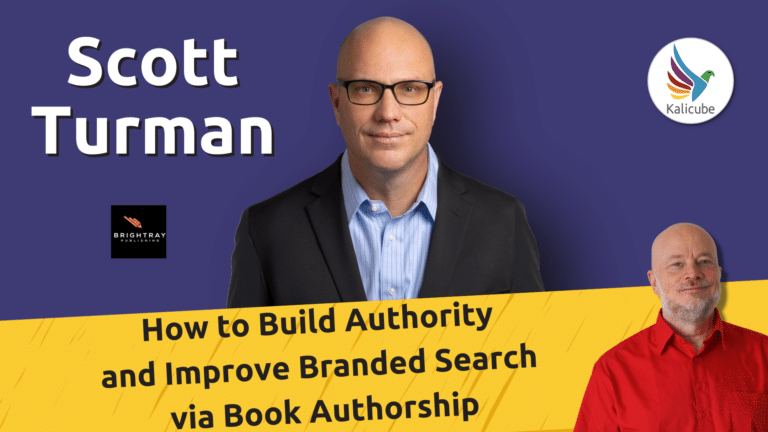When Can Your Brand Withstand the Impact of Google Algorithm Changes

Google’s algorithms play a crucial role in how brands are perceived online. Understanding and adapting to these changes can make or break your brand’s online presence.
Jason Barnard, entrepreneur and CEO of Kalicube, sheds light on the importance of building a relationship with Google’s algorithm to ensure long-term success. This article delves into how you can proactively educate Google’s algorithm to consistently represent your brand accurately over time.
How Does Google Aim to Understand the World Using Its Knowledge Graph?
Google’s ultimate goal is to understand the world perfectly through its Knowledge Graph. The trick to getting your brand into this Knowledge Graph lies in educating the machine so it understands you accurately. If you don’t take control and educate it about yourself, Google will understand your brand in its own way, leading to a loss of self-determination.
While it’s possible to contact someone at Google through their feedback form for corrections, if their algorithm believes humans got it wrong, those changes will be reverted. The most effective long-term approach is akin to teaching a child - build a relationship with the algorithm and educate it thoroughly. This algorithm will not only understand but also be confident in that understanding over time.
Why Is Building a Relationship with Google’s Algorithm Important?
Building a relationship with Google’s algorithm ensures that over time, your Knowledge Panel consistently displays accurate facts about your brand.
Proactively correcting misunderstandings helps educate what Jason Barnard refers to as “the Google-child”. Even if people at Google correct something manually, if it’s not aligned with what their algorithms believe based on their data sources, those corrections might be reversed.
Do You Need to Adapt Your Strategy for Every Algorithm Change?
When significant changes occur within Google’s algorithms, many wonder if they need to adapt their strategies accordingly. Jason Barnard, clarifies that there is no need for drastic adaptations because Google’s aim is always aligned with emulating or representing human behavior accurately. As long as you’re honest and transparent with your audience and provide consistent information across all platforms, these updates should benefit rather than harm your brand’s online presence.
Are We Safe From Google Updates?
Absolutely!
Jason Barnard assures that honesty and accuracy in providing information about your brand protect you from negative impacts due to algorithm updates. Instead of fearing these updates, brands should view them as opportunities for improvement - enhancing Google’s understanding of their brand over time.
What Are Some Long-Term Benefits of Educating Google’s Algorithms About Your Brand?
Jason Barnard emphasizes that achieving top rankings on search engines like Google and getting into Google’s Knowledge Graph stems from genuinely engaging with your human audience first. By interacting positively with real people online (and offline), you essentially teach Google’s algorithms how best to represent and recommend your brand.
Here are some long-term benefits:
- Algorithm Updates: When you maintain transparency and authenticity, algorithm updates systematically benefit you because they reflect the genuine engagements observed by Google.
- Content Optimization: Clear and accurate information helps improve visibility without fearing future algorithm shifts. Instead of being detrimental, these shifts often benefit those committed to educating both their audience and algorithms effectively.
How Does Kalicube Measure Knowledge Graph Changes?
Kalicube measures Knowledge changes with Kalicube Pro™.
Kalicube has been tracking Google’s Knowledge Graph through the API and Knowledge Panels since 2015. Kalicube Pro tracks Knowledge updates using multiple metrics across three knowledge algorithms - the Main Algorithm (Knowledge Graph), Vertical Algorithms (podcasts, books, etc.), and Corroborative Algorithms. These updates can be tracked using tools such as Kalicube Pro™’s Knowledge Graph Sensor, which monitors the timing of updates within the Knowledge Vault. This tracking allows for better management of Knowledge Panels for clients and helps mitigate the risk associated with these updates.

For a detailed explanation on how Kalicube stays ahead of Google’s algorithms, explore our insightful resources on Knowledge Graph updates.
Position your brand as the leader in your industry. Download our free guide for business leaders like you.
Secure your brand’s future in the ever-changing algorithmic updates. Learn how to educate Google’s algorithms and leverage the Knowledge Graph to your advantage. Book a call with Jason Barnard today.





